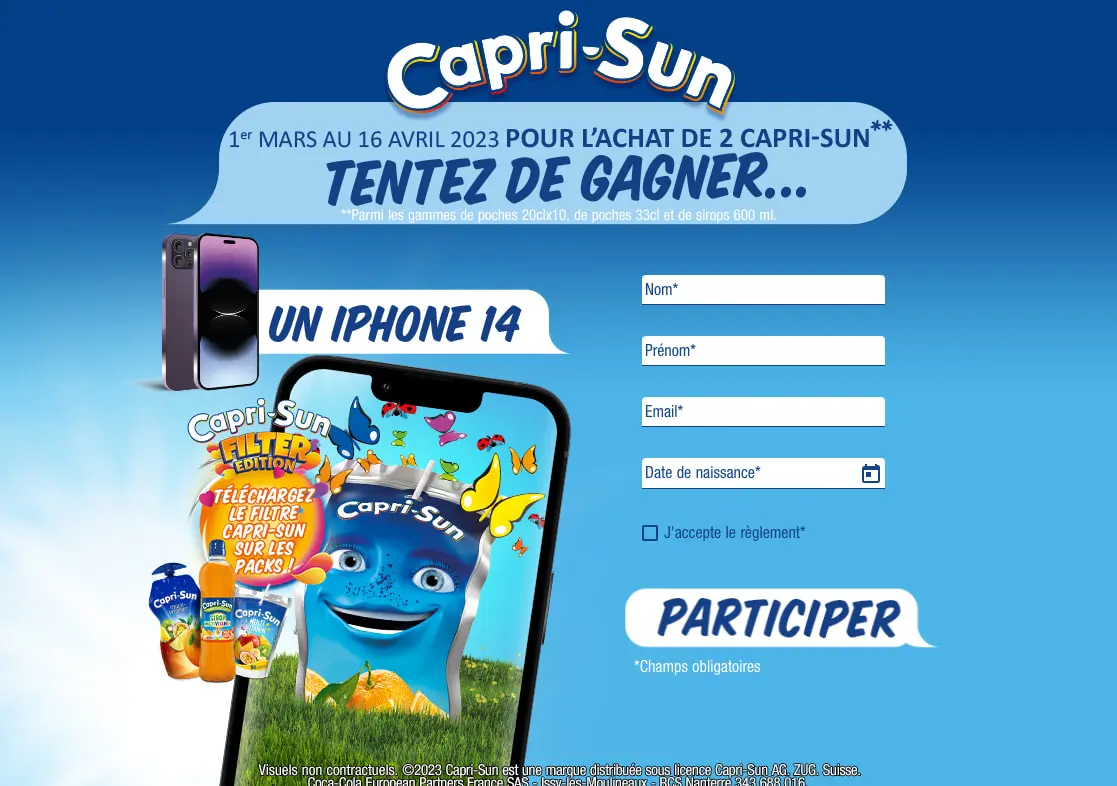If you’re looking to raise awareness of your brand while increasing sales and expanding your audience, co-branding is a relevant marketing strategy. Partnerships are an excellent way of reaching a wider audience.
By teaming up strategically with other brands, companies can broaden their commercial offering and capitalise on their partner’s visibility to boost their own brand awareness.
Co-branding has many advantages. But it is important to master this marketing strategy well before taking the plunge, to avoid associating your image with a brand that is not aligned with your values or that does not address a strategic market for your company.
In this article, we share with you some practical tips for increasing your target audience through a co-branding campaign.
What is co-branding?
Co-branding, or brand partnership, is a marketing strategy that involves teaming up with another brand to promote or co-create a product or a service. This does not mean simply associating the names of two brands on an item. A co-branding partnership combines the resources, identities and stories of each partner to create an exclusive offering.
Co-branding means sharing resources and expertise, but also sharing your community of clients. The aim is for each partner to benefit from the strategic advantages of the other. This may involve a wider audience in general, or a new market that the company wishes to conquer in particular. But co-branding can also facilitate the transfer of technology and know-how.
What are the advantages of co-branding for a company?
Co-branding offers a number of advantages for all the partners involved. This type of partnership enables each player to benefit from the strengths of the other company, particularly in terms of :
- Reaching a wider audience. Brand partnerships enable companies to increase the exposure of their brand to their partner’s customers. A co-branding campaign can be broadcast across both companies’ communication channels (physical and digital).
- Engage a new audience and increase sales. Consumers are more likely to trust recommendations from a brand they know well and have been buying from for several years.
- Boost brand awareness and credibility. Establishing a brand partnership with a recognised player allows the company to strengthen its own credibility not only with its current audience, but also with its target audience. For example, a street-wear brand teaming up with a luxury brand will significantly upgrade its brand image. Its products will be perceived (by its community and high-end customers) as being of higher quality. This could lead to an increase in pricing, and therefore profitability.
- Reduce the risks and costs of a marketing campaign. Developing a new product or service, entering a new market or launching a new activity can be risky for a company. Joining forces with a brand that is already present in this market or that has long experience in this new vertical reduces the commercial risks. All the more so since, as we have seen, this type of partnership involves pooling resources. The companies will therefore be pooling their costs, which reduces the budget they would have to invest in this new project.
Boosting the effectiveness of a co-branding campaign through gamification
The aim of a co-branding campaign is therefore to increase an audience, or even to develop a new audience (with a persona not previously targeted by the company).
This marketing strategy in itself makes it possible to achieve this objective by multiplying the communication channels. Indeed, the campaign can be disseminated by both partners (publication on social networks, emailing, display format on their respective websites or in their physical shops, etc.).
However, partners can boost the effectiveness of their co-branding strategy by making their marketing campaign fun and interactive through gamification.
By integrating interactivity into their co-branding campaign, the two partner brands can more easily capture the attention of their respective communities and engage their customers. The fun mechanics of the game and the chance to win a reward will set them apart from other promotional content.
The marketing game can be used to help people discover the co-created product in a more entertaining way (via a quizIt can also tease its launch and optimise consumer expectations by offering them the chance to win free products via a competition or instant win (scratch cards, one-armed bandit). Le jeu permet aussi de faire gagner un produit de la marque partenaire pour booster la notoriété de celle-ci en s’appuyant sur la première.
Examples of gamified co-branding campaigns
The famous drinks brand Coca Cola is a master of the art of co-branding. The company uses this strategy to develop its audience and increase sales.
For example, it has teamed up with fruit juice brand Capri Sun to convert new customers. Its co-branded game campaign incorporated a proof-of-purchase mechanism into its prize draw form in order to boost its conversion rate and increase sales. In addition to the co-branded aspect of the campaign, the choice of an attractive prize (an iPhone) helped convert more than 5,000 visitors.
Coca-Cola has also developed a co-branding marketing campaign with energy drink brand Monster. Here again, the mechanic used was to upload a proof of purchase to access the game in order to generate more sales. As the two brands’ universes are more similar, this campaign had a participation rate of 75% and over 1,000 visits.

4 tips for a successful co-branding campaign
Before embarking on co-branding, it is important to consider the right factors to choose a relevant partner that will enable the brand to achieve its objectives.
- Target markets. The most important thing is to make sure that your target audience and that of the brand with which you are planning to partner overlap. The partnership will not work if the companies are both targeting extremely different audiences or, conversely, if they are too similar.
- Brand image. The personalities and worlds of the two brands must be compatible. The partners must share common and complementary values, at the risk of losing or alienating their community.
- Market needs. A co-branding campaign must also respond, to a certain extent, to a market need. This partnership can enable the brand to address a need of its audience that it has not yet met.
- Adapting the mechanics of your marketing game to the challenges of co-branding. In particular, this means choosing a prize that reflects the two brand universes. It also means announcing the winners on their respective channels, or providing an opt-in for the partner brand, etc.
Once the company has found the right partner, it is crucial to define everyone’s roles and responsibilities in the roll-out of the co-branding campaign. To achieve this, it is important to be able to count on a reliable and transparent partner who will contribute equally to the project.
Conclusion
Gamification is an excellent way of boosting the impact of a co-branding campaign. It will boost your brand’s reputation and its ability to develop a new audience. Discover our interactive competition mechanics to make your campaigns even more engaging and convert these new prospects more effectively!







